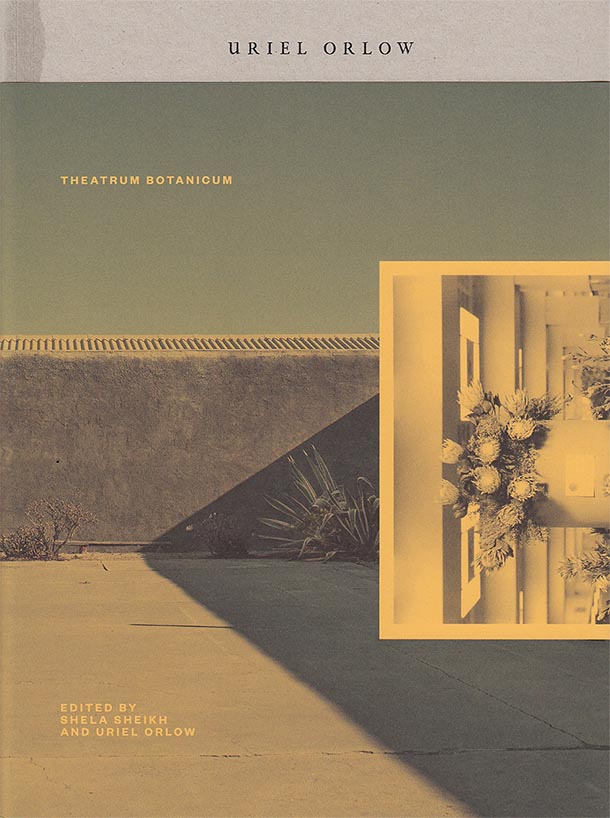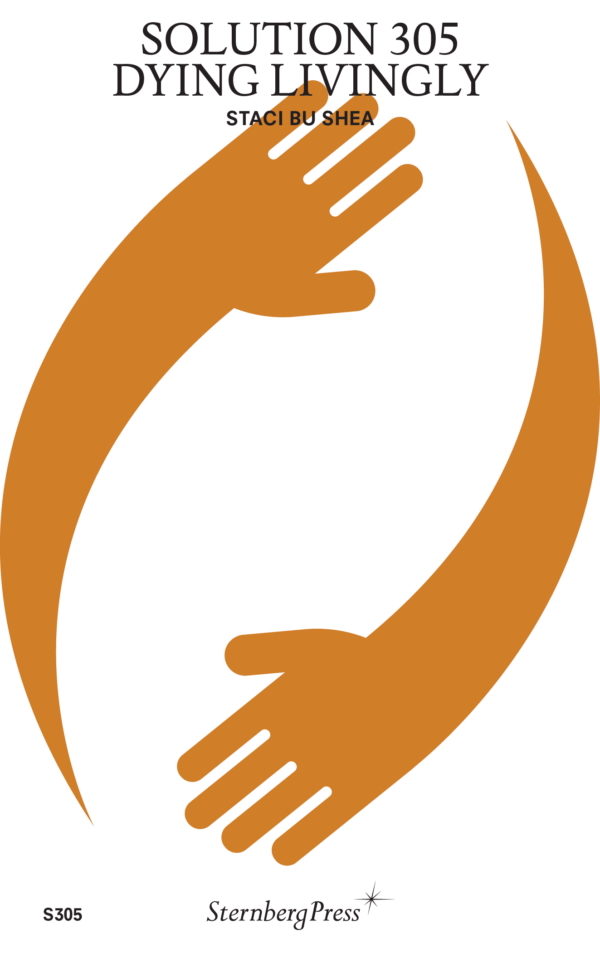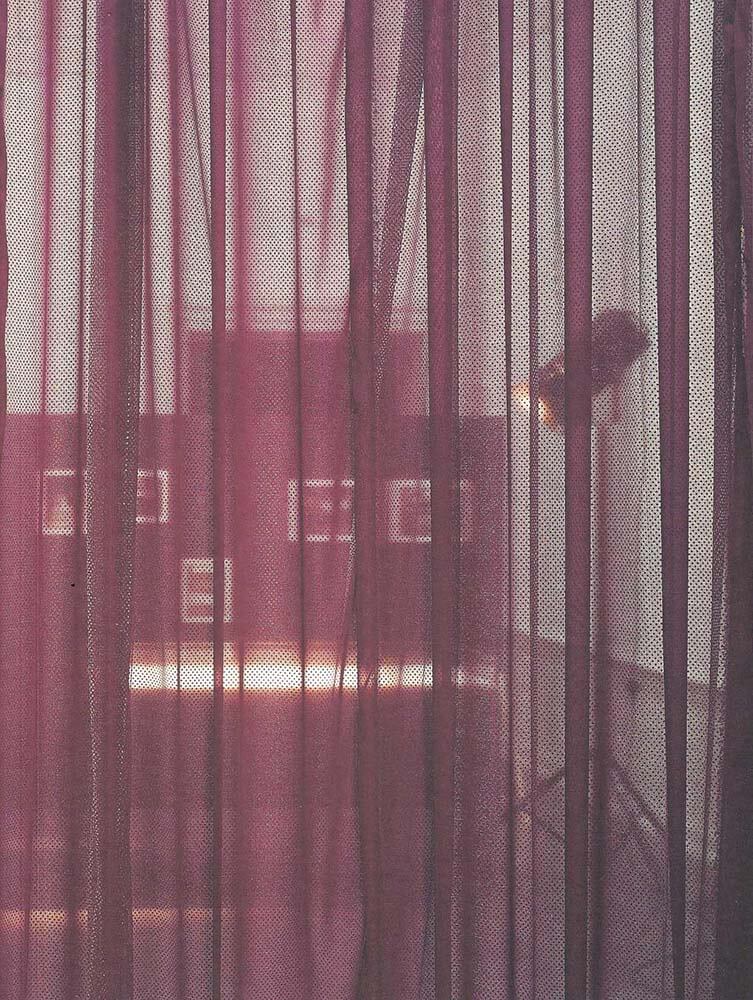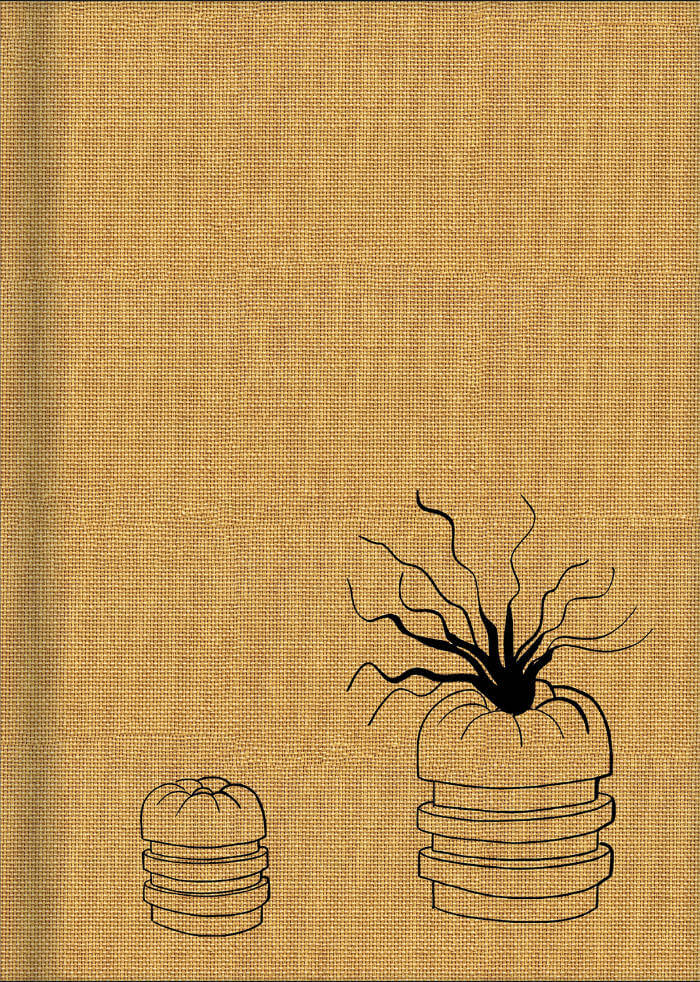Chris Korda (b.1962) is an American antinatalist activist, techno musician, software developer, multimedia artist and founder of the Church of Euthanasia. For the past 30 years, her work has spanned avant-garde performance, happenings, culture- jamming, photography, video, audio and so much more - though her work as an engineer, coder and software developer remains less known to the general public.
This book posits that her software and coding work are linked to her more well-known activist and music work, informing and reforming each other for over 30 years, inhabiting up until now parallel timelines that have been closening over the decades, honing in on a common creative goal: to reveal her as she should be revered, as an Inventor-Artist.
“Any outcome is inevitably shaped by the tools used to achieve it. In industrial civilization, most people use the same standardized tools and therefore achieve similarly standardized outcomes. But imagine discovering a tool for making tools. The outcomes are now limited only by toolmaking skills. This is how computer programming changed my life.”
She refers to her generative artworks, audio and visual, as kinetic sculptures. Working in collaboration with her algorithms, she does not use the machine as a ‘servant’ but rather:
“I invite them into the creative space as equals. They have abilities that I don’t have, and I also have abilities that they don’t have, so we complement each other. They supply speed and precision, I supply desire and intuition, and what emerges is greater than the sum of the parts.”
Thus, on the occasion of the exhibition of the same name, we dedicate this book to Korda’s generative audio-visual synesthetic work 'Adagio For Color Fields' (2023) - a piece that breaks the silence - using it as a lens to bring into focus Korda’s work as an innovative Inventor-Artist.








